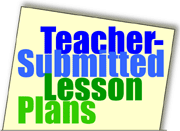
Brief Description
Poems and art activities transform primary classroom bulletin boards and serve as a wall-to-wall portfolio of student work - just in time for parent-teacher conferences.Objectives
Students
- write poems following the basic formats of a list poem, a makes-me-think-of poem, and a haiku.
- create glitter-glue butterflies, poem kites, and watercolor sketches to illustrate poem content.
- use visual imagery and increase vocabulary skills.
Keywords
poem, poetry, spring, bulletin boards, conference, haikuMaterials Needed
Note: This lesson plan includes a variety of lessons and art ideas. The following materials are required if you do all lessons.Lesson Plan
This is a multi-lesson unit on poetry for second graders. It can be adapted for use with students in grades above or below. Each day begins with a short lesson to introduce a poetry style and is followed up with an art activity.Day One - List Poems. Give students any topic, and ask them to brainstorm words into a list. The title of the list poem appears at the top. An example follows:
Polar BearsWhite
Cold
Furry
Splashing water
Polar Bears
After writing a class poem together, give the students a new topic - butterflies. Ask them to write a list poem of their own about the topic.
For the art project that goes with this lesson, have each student do the following:
- Cut out simple a butterfly shape from construction paper.
- Make a glitter-glue design on one-half of the butterfly.
- Fold the shape in half and press.
- Add two pipe cleaner antennae and use a black pen to add eyes.
Day Two - Haiku. Haiku poems are highly structured and usually focus on nature. The three lines of haiku must follow the syllable rules for the format: The first line must have five syllables, the second line must have seven syllables, and the last line must have five syllables. Share some examples from a book of haiku or from the Student Showcase: Winter Haiku Web page. Invite students to write haiku on the topic of spring. An example follows:
Rain floating softlyClouds gathering up above
Spring makes its way here
This lesson's follow-up art project involves each student creating a kite out of construction paper, writing her or his haiku poem on the kite, and posting the kite to a bulletin board backdrop that includes raindrops, clouds, and other symbols of spring.
Day Three - Makes-Me-Think-of Poetry. Poems in this format begin with a word (for example, spring), and they end with that same word. The lines in between lead back to the original word. An example follows:
Spring makes me think of grass.Grass makes me think of my waterslide.
My waterslide makes me think of swimming.
Swimming makes me think of water.
Water makes me think of rain.
Rain makes me think of spring.
To accompany the lesson, students can paint watercolors to produce a rainbow on construction paper. When the paint dries, have students write their spring makes-me-think-of poem on the paper.
Assessment
The assessment for this lesson is, ultimately, the students' poetry. I generated a simple rubric, giving the children choices of "beginning, advanced, and professional" to judge their own work. The categories in which they judged their work were as follows: attention to format, handwriting, neatness, visual imagery, and presentation.Source: www.educationworld.com
You might also like:
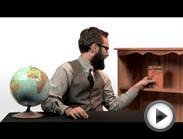
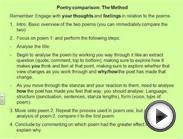
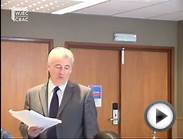
Related posts:
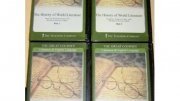

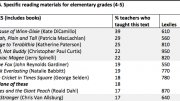
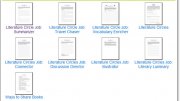
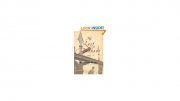

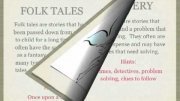
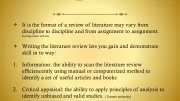

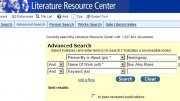














There are several world literature units. Can you be more specific about which one you are looking for ?